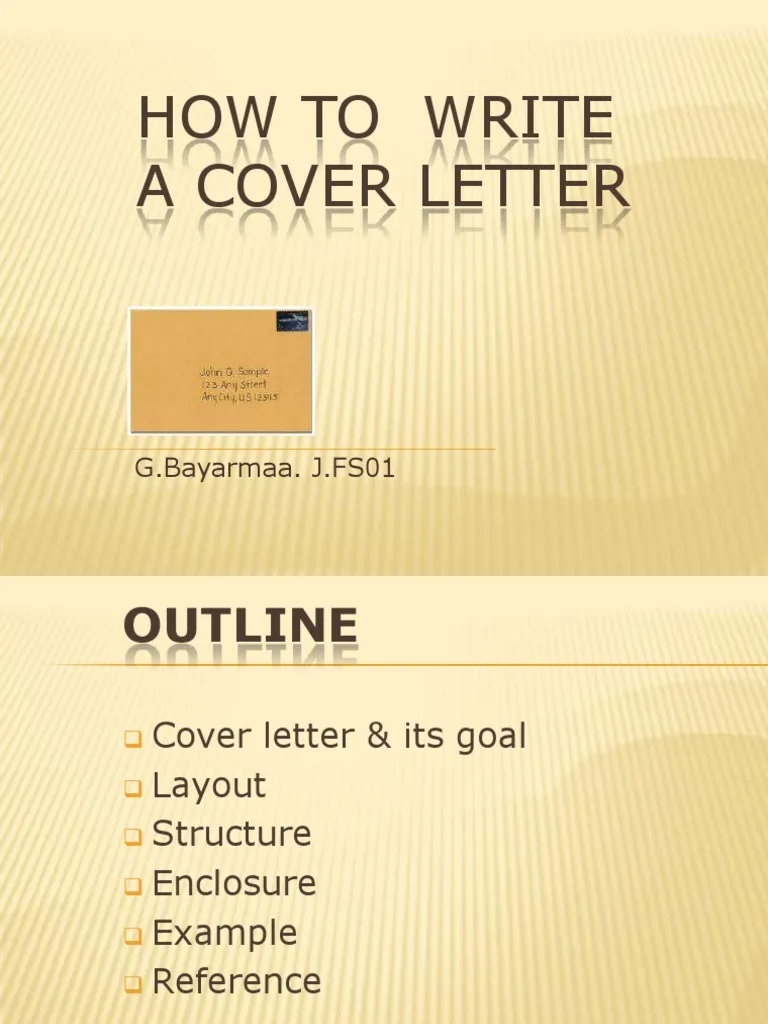Cover Letter Essentials
A cover letter is a crucial document that accompanies your research paper when you submit it to a journal. It serves as your introduction to the editor and provides context for your work. A well-written cover letter can significantly increase your chances of having your paper accepted for publication. It’s not just a formality; it’s an opportunity to make a strong first impression and highlight the significance of your research. The cover letter allows you to concisely explain the key aspects of your study, its importance, and why it aligns with the journal’s focus. A compelling cover letter demonstrates professionalism, attention to detail, and a clear understanding of the publication process, setting the stage for a favorable review of your manuscript.
Understanding the Purpose of a Cover Letter
The primary purpose of a cover letter is to persuade the editor that your paper is suitable for their journal. It’s a marketing tool for your research, aiming to convince the editor of its value and relevance. The cover letter introduces your research, summarizing its main points and explaining its significance. It should also address any specific requirements or guidelines of the journal. Furthermore, the cover letter is your chance to highlight the novelty and impact of your findings. It provides an opportunity to briefly explain why the research matters, its potential contributions to the field, and its alignment with the journal’s scope and audience. By effectively conveying these elements, you increase the likelihood of the editor giving your manuscript a positive initial assessment.
Key Components of a Cover Letter
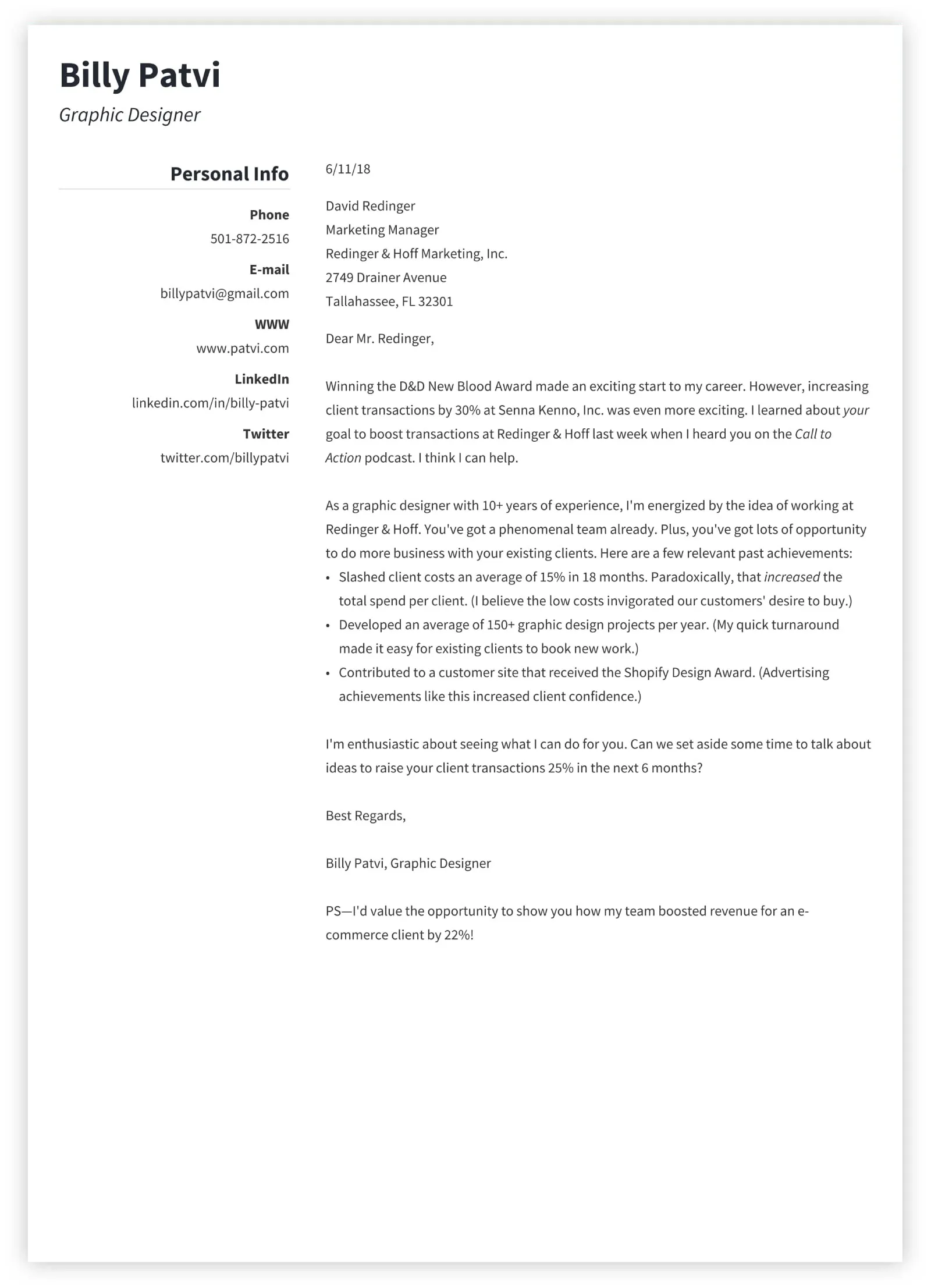
A well-structured cover letter includes several key components that ensure clarity and impact. Begin with the date and the editor’s name and title if known, using a professional salutation such as ‘Dear Dr. [Editor’s Last Name]’. Next, clearly state the title of your paper and the journal you are submitting to. The body of the letter should concisely explain the research’s main findings, emphasizing its novelty and significance. Briefly describe the research question, methodology, and key results. Highlight the contributions of your work to the field and explain why it is a good fit for the journal. Finally, include a closing paragraph expressing your gratitude for the editor’s time and consideration, and indicate that you look forward to hearing from them. Include your contact information.
Author Information and Contact Details
Accurate and complete author information is crucial for professional communication. The cover letter should include the full names of all authors, their affiliations, and their contact details. Specifically, provide the corresponding author’s email address, phone number, and mailing address. Ensure all information is current and verifiable. Including this information not only allows the editor to easily contact you regarding your submission but also facilitates the peer-review process and potential future correspondence about your published work. Furthermore, accurate author details contribute to the credibility and integrity of your research, making the submission process smoother and more reliable.
Article Title and Journal Selection
Clearly state the title of your research paper at the beginning of the cover letter. This helps the editor immediately identify which manuscript the letter is referring to. Ensure the title matches the one on your manuscript exactly. Also, specify the journal to which you are submitting. This confirms that you are targeting the correct publication. Mentioning the journal reinforces the alignment of your research with the journal’s scope and audience. Including the title and journal name provides a clear framework for the editor, streamlining the initial review process and confirming that your submission is correctly addressed and directed.
Highlighting Key Findings and Contributions
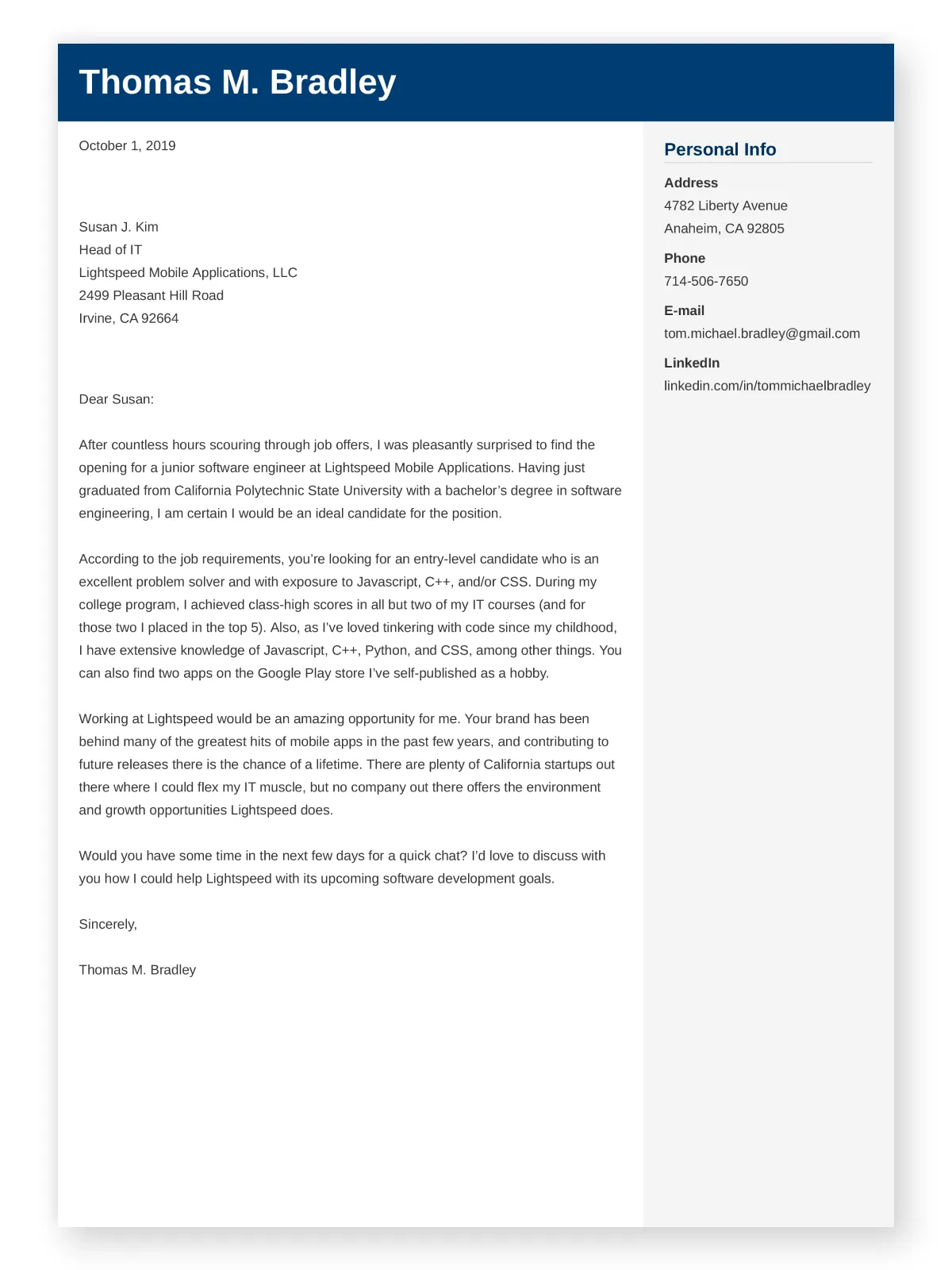
In a concise manner, summarize the primary findings of your research. Emphasize the most important results and the significant contributions your study makes to the field. This is your opportunity to showcase the value and impact of your work. Explain why your findings are novel, groundbreaking, or particularly relevant. Use clear and compelling language to highlight the key insights and conclusions. The goal is to make the editor immediately grasp the essence of your research and its potential importance. Clearly articulate how your work advances existing knowledge or addresses a critical gap in the literature. This is a critical step for making your manuscript stand out.
Significance and Novelty of the Research
Address the significance of your research by explaining why it matters and what makes it stand out. Describe the novelty of your work and its unique contributions to the field. Explain how your research provides new insights, challenges existing theories, or offers innovative solutions. Emphasize the practical implications of your findings and the potential impact they could have on the field. Convince the editor that your work is important, relevant, and deserving of publication. The more compelling your explanation of the significance and novelty, the more likely your manuscript is to get a thorough review.
Target Audience and Journal Scope Alignment
Explain why your research is a good fit for the specific journal. Briefly describe how your work aligns with the journal’s aims and scope. Mention the target audience of the journal and explain how your research will be of interest to those readers. Understanding the journal’s focus and target audience is critical. By clearly demonstrating the alignment between your research and the journal’s goals, you show that you have carefully considered where your work best fits. This careful selection is a positive signal to the editor, increasing the likelihood of a positive review. If the journal has specific sections or areas of interest, make sure to mention them here.
Writing Style and Tone
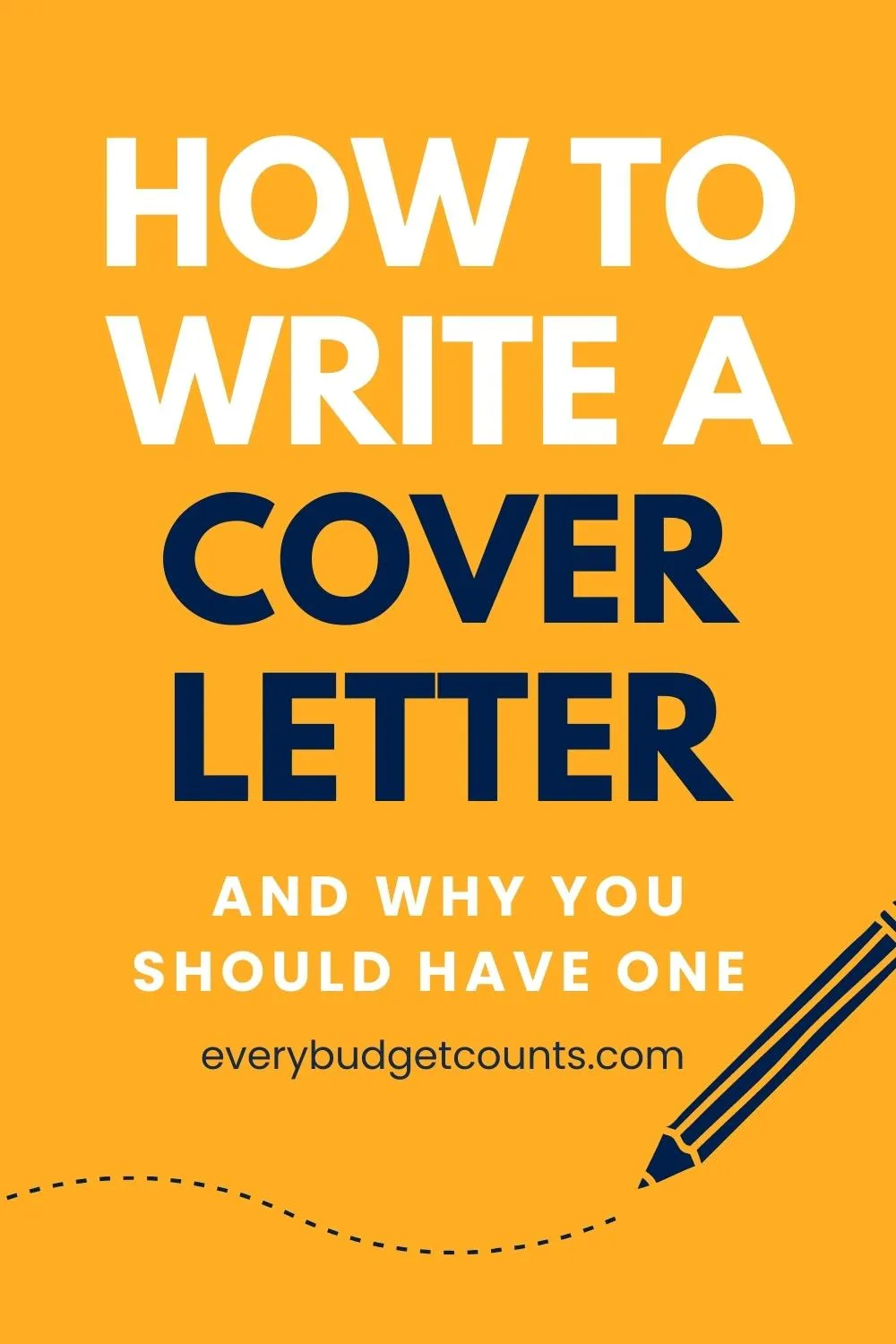
The writing style and tone of your cover letter are as important as its content. Maintain a professional, respectful, and concise tone throughout the letter. Avoid using overly informal language, jargon, or complex sentences. The goal is to communicate clearly and effectively. Use active voice and straightforward sentences to convey your message. Proofread carefully to eliminate grammatical errors and typos. Ensure the tone is appropriate for academic discourse and that it reflects your respect for the editor and the publication process. A polished and professional writing style indicates your attention to detail and commitment to producing high-quality work.
Clarity and Conciseness
Clarity and conciseness are essential for an effective cover letter. Use clear and straightforward language to convey your message. Avoid jargon, overly complex sentences, and unnecessary details. The editor should be able to quickly understand the main points of your research and its relevance to the journal. Keep the letter concise; aim to be brief yet informative. Each sentence should serve a specific purpose and contribute to the overall message. A concise and clear cover letter demonstrates your respect for the editor’s time and your ability to communicate effectively. Prioritize essential information, eliminating any fluff or unnecessary explanations.
Formal and Professional Language
Adopt a formal and professional tone in your cover letter, as this sets a proper impression. Use formal salutations, such as ‘Dear Dr. [Editor’s Last Name],’ and maintain a respectful tone throughout the letter. Avoid slang, contractions, and informal language. Use precise and academic vocabulary, suitable for scientific writing. Proofread carefully to ensure there are no grammatical errors or typos. A professional tone shows your respect for the publication process and reinforces your credibility as a researcher. This attention to detail conveys professionalism and seriousness about your research.
Formatting and Structure
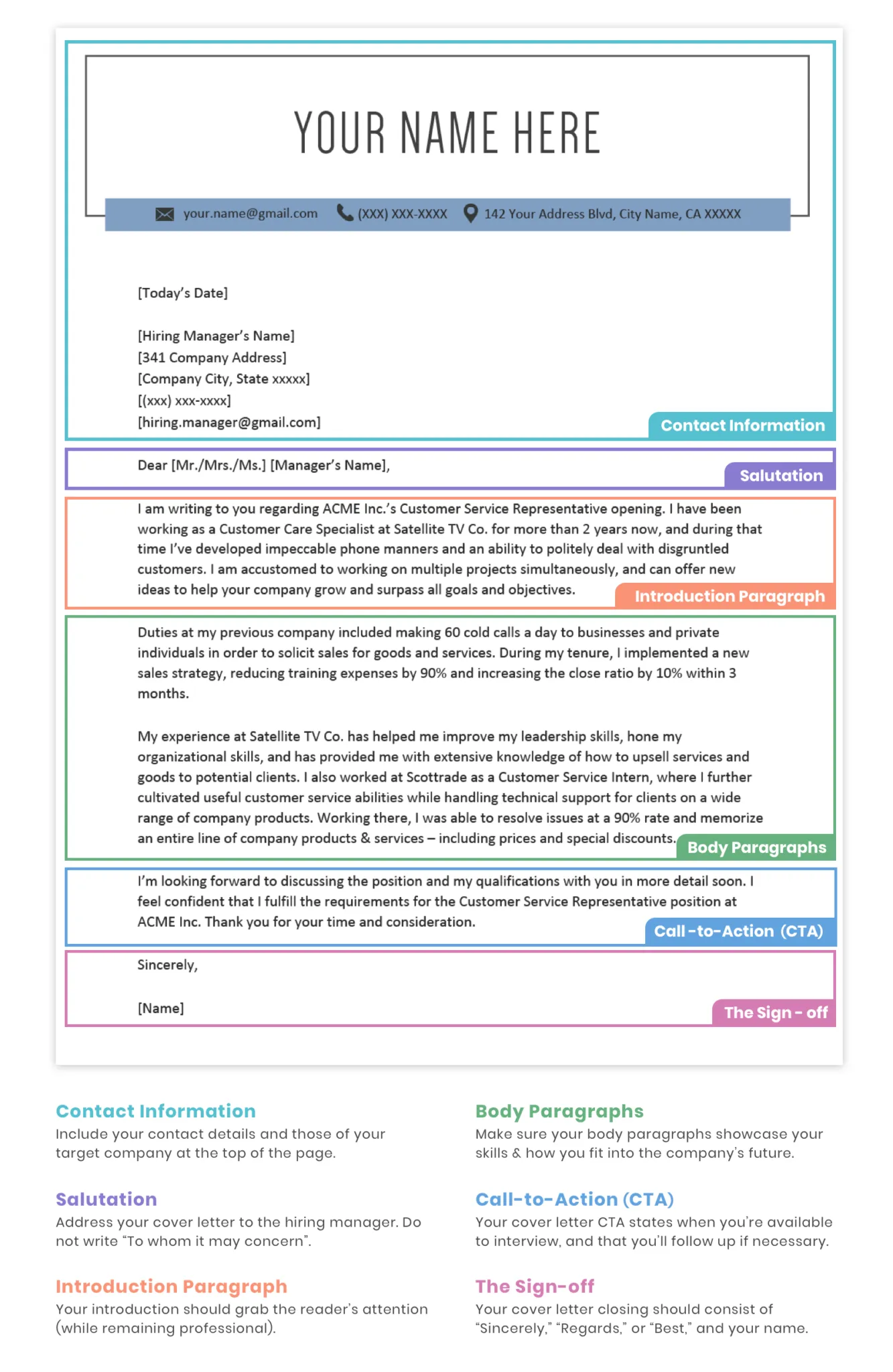
Proper formatting and structure are crucial for presenting your cover letter professionally. Use a standard business letter format, including the date, the editor’s name and title, and the journal name. Employ single-spaced text, with a formal font like Times New Roman or Arial. Ensure the layout is clean and easy to read. Divide the letter into logical paragraphs, each addressing a specific aspect of your research or submission. Maintain consistent margins and appropriate spacing between paragraphs. Proper formatting reflects your attention to detail and presents your letter in a clear and organized manner. Always make sure the structure aids readability.
Adhering to Journal Guidelines
Always adhere to the specific guidelines and instructions provided by the journal. Many journals have specific requirements for cover letters, including word limits, formatting preferences, and information they want you to include. Consult the journal’s website or author guidelines to understand these requirements. Tailor your cover letter to meet these specifications. Failure to follow the guidelines can result in immediate rejection. Demonstrating that you have read and followed the journal’s instructions shows your respect for the journal and your commitment to the publication process.
Proofreading and Editing
Proofreading and editing are critical steps in the preparation of your cover letter. Thoroughly proofread your letter for any grammatical errors, typos, or inconsistencies. Ensure your sentences are clear, concise, and correctly structured. Consider having a colleague or mentor review your letter to provide a fresh perspective and identify any potential areas for improvement. Correct any errors in grammar, spelling, punctuation, and formatting. A polished and error-free cover letter leaves a positive impression on the editor. The extra effort demonstrates professionalism and enhances your chances of a favorable review.
Final Review Before Submission

Before submitting your cover letter, conduct a final review. Make sure you have included all required information and followed the journal’s guidelines. Verify that your contact information is accurate and up-to-date. Double-check the title of your paper and the name of the journal. Ensure all the key components are present and that the language is clear, concise, and professional. Review the overall flow and coherence of the letter, making sure each section contributes effectively to the overall message. After the final review, you are confident to submit the letter.
Common Mistakes to Avoid
Avoiding common mistakes can significantly improve your cover letter’s effectiveness. Some errors can immediately lead to rejection; others can diminish the impact of your writing. Being mindful of these pitfalls can help ensure your cover letter presents your research in the best possible light, increasing your likelihood of acceptance.
Overly Long or Wordy Content
Avoid writing a cover letter that is excessively long or wordy. Editors receive many submissions and have limited time to review each one. Keep your letter concise and to the point. Focus on the essential information and avoid unnecessary details or lengthy explanations. A concise letter shows respect for the editor’s time and ensures that your key points are easily grasped. If you find that your letter is lengthy, try to cut out unnecessary phrases and rephrase sentences to make them more efficient.
Generic or Uninspired Language

Avoid using generic or uninspired language. Your cover letter should be tailored to your specific research and the journal you are submitting to. Generic phrases and clichés make your letter seem impersonal and less engaging. Use precise and compelling language that clearly articulates the significance and novelty of your work. Be specific about your research findings and their implications. Using unique and specific language demonstrates your genuine interest in publishing your research and shows that you have carefully considered your approach.
Lack of Personalization
Ensure your cover letter is personalized to the specific journal and editor. A generic, one-size-fits-all letter is unlikely to make a strong impression. Research the journal, familiarize yourself with its scope, and address the editor by name if possible. Explain why your research aligns with the journal’s goals. Demonstrate your genuine interest in the journal and why you believe your work is a good fit. Personalization shows your commitment to the journal and increases the likelihood of a favorable review.
Failing to Follow Journal Instructions
One of the most serious mistakes is failing to follow the journal’s specific instructions. Always carefully review the journal’s author guidelines before submitting your cover letter. Adhere to any formatting requirements, word limits, or specific information requests. Failure to comply with these guidelines can result in immediate rejection. Showing you understand the requirements demonstrates your respect for the publication process. This attention to detail increases your chances of a successful submission.
